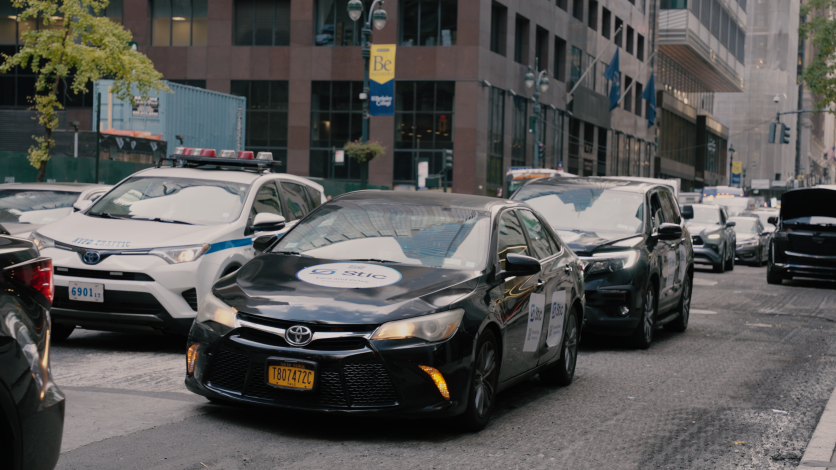
In a city known for its non-stop activity and constant innovation, a new type of advertising has taken center stage in Times Square: vehicles adorned with STIC stickers, a visual signal of an entirely fresh approach to outdoor advertising. STIC, founded by 21-year-old visionary Adam Cohen, connects brands and drivers through a mobile platform, enabling vehicles to serve as traveling billboards. After a recent high-profile launch at NYC Ad Week, STIC's impact is already visible across New York City's busiest streets, and its branded vehicles are turning heads in one of the most trafficked public spaces in the world.
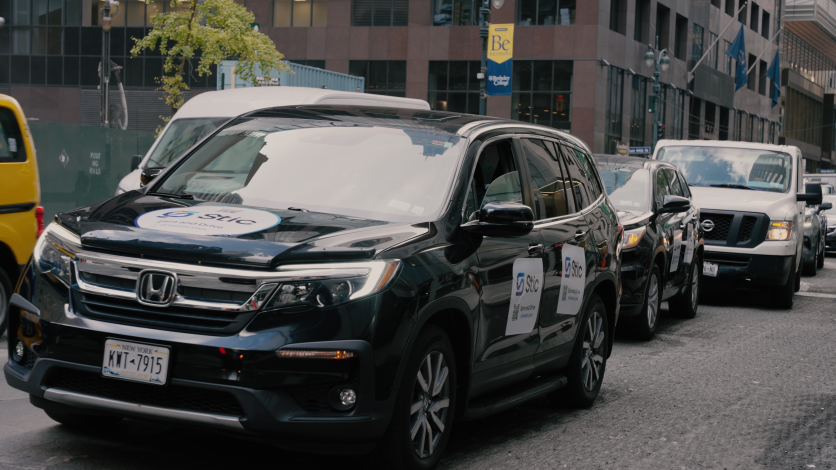
What Is STIC?
STIC's platform allows drivers to earn money simply by displaying brand stickers on their cars as they go about their daily routines. This concept, formally known as "on-vehicle advertising," gives brands a chance to advertise in a dynamic and highly mobile way, extending ad reach far beyond traditional static placements. Unlike many forms of outdoor advertising, STIC is personal and highly visible; the STIC app connects companies with drivers, enabling brands to manage campaigns while drivers earn a passive income. The app handles everything, from selecting drivers to managing payments, ensuring that both the advertiser and driver benefit seamlessly.
The idea has caught on quickly. During NYC Ad Week, STIC attracted attention from brands interested in innovative advertising approaches that can break through today's heavily saturated media landscape. STIC's success reflects a shift in how audiences are engaging with advertisements; today's consumers respond more favorably to ads that appear in their everyday environment rather than in intrusive or traditional formats. Adam Cohen, STIC's founder, was inspired to create the app as a means of democratizing the advertising process, enabling anyone with a car to participate in brand marketing and earn money by simply going about their daily business.
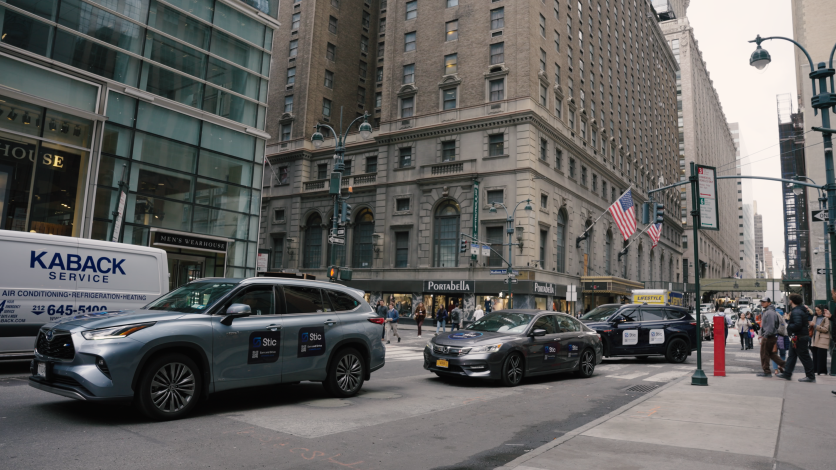
The Impact of STIC on NYC's Advertising Landscape
The presence of STIC-branded vehicles in Times Square is notable not only because it turns every participating car into a mobile advertisement but because it transforms the way brands can engage with consumers in real time. Cars moving through Times Square with STIC stickers create a sense of constant motion, displaying advertisements from various brands without overwhelming the viewer. For companies, this allows them to break away from traditional static billboards and reach customers in a unique, mobile fashion.
While Times Square is known for its electronic billboards and massive displays, the addition of STIC stickers on vehicles brings a fresh approach to how brands interact with viewers. For one, it keeps the audience engaged, as each vehicle serves as a micro-billboard that disappears as quickly as it appears. This aspect of fleeting visibility taps into a sense of novelty and can make a more lasting impression on observers. STIC's flexible platform also allows brands to test their campaigns in real-world environments, gathering real-time feedback and adjusting their ad approach as necessary, which adds an advantage over traditional advertising.
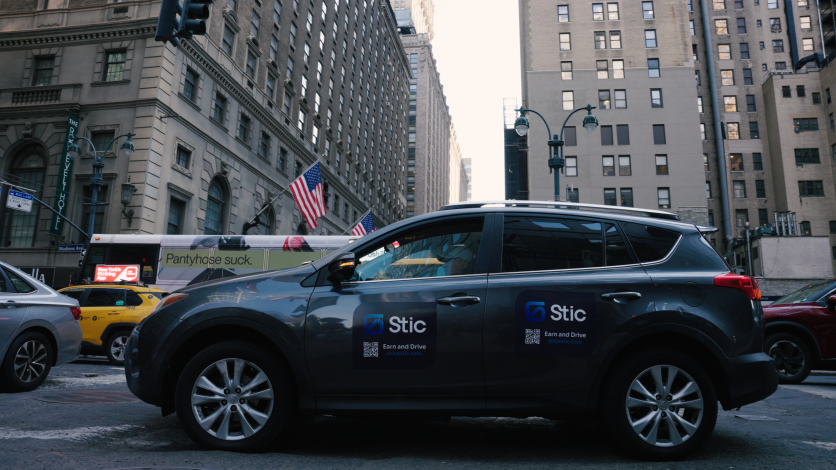
Behind STIC's Innovation: Adam Cohen's Vision
Adam Cohen's journey to building STIC reflects a keen understanding of emerging advertising trends and a passion for creating opportunities. At just 21, Cohen has managed to launch a platform that redefines outdoor advertising, making it accessible to everyday drivers while delivering a measurable return for brands. Through STIC, Cohen aims to disrupt conventional advertising by creating a more democratic system that benefits everyone involved—from the individual drivers who participate to the businesses aiming to reach a broader audience.
During the NYC Ad Week launch, Cohen's vision resonated with advertisers looking for flexible, engaging ways to promote their brands. His goal was not only to create an innovative ad platform but to address the industry's challenges, including high ad costs and diminishing returns on static ads. Cohen's model allows for small and large businesses alike to participate in STIC campaigns, enabling them to take their ads to the streets without the massive budget typically associated with Times Square advertising.
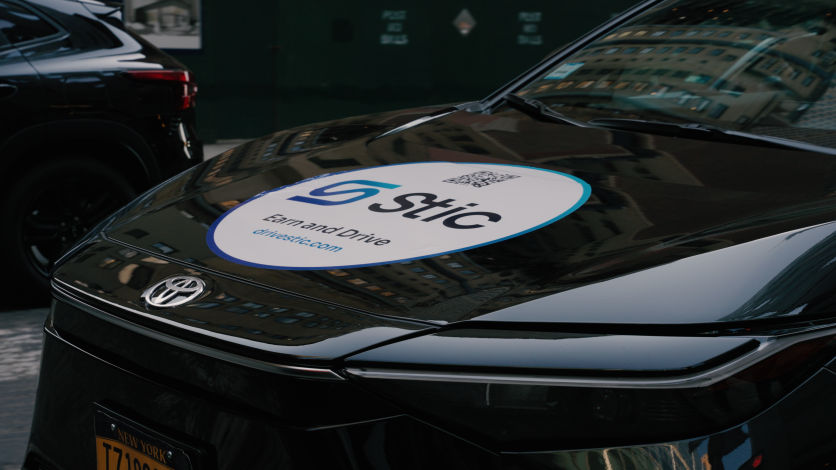
STIC's Future in New York and Beyond
While Times Square may be the flagship location for STIC's debut, Cohen envisions the model expanding to other cities across the country. New York City's adoption of STIC vehicles marks a significant first step, and Cohen's ambition is to see the model take off nationwide. The concept has proved to be popular among drivers as well, who appreciate the opportunity to earn passive income without drastically altering their routines.
The platform's flexibility allows brands to run highly localized campaigns, reaching audiences based on geographic areas where STIC drivers operate. STIC's ability to integrate targeted ads in different locations means brands can expand their presence with minimal investment, maximizing both reach and engagement. This flexibility is crucial for modern brands looking to balance effective marketing with budget-conscious decisions, especially as advertising costs in high-profile areas like Times Square continue to soar.

ⓒ 2025 TECHTIMES.com All rights reserved. Do not reproduce without permission.




